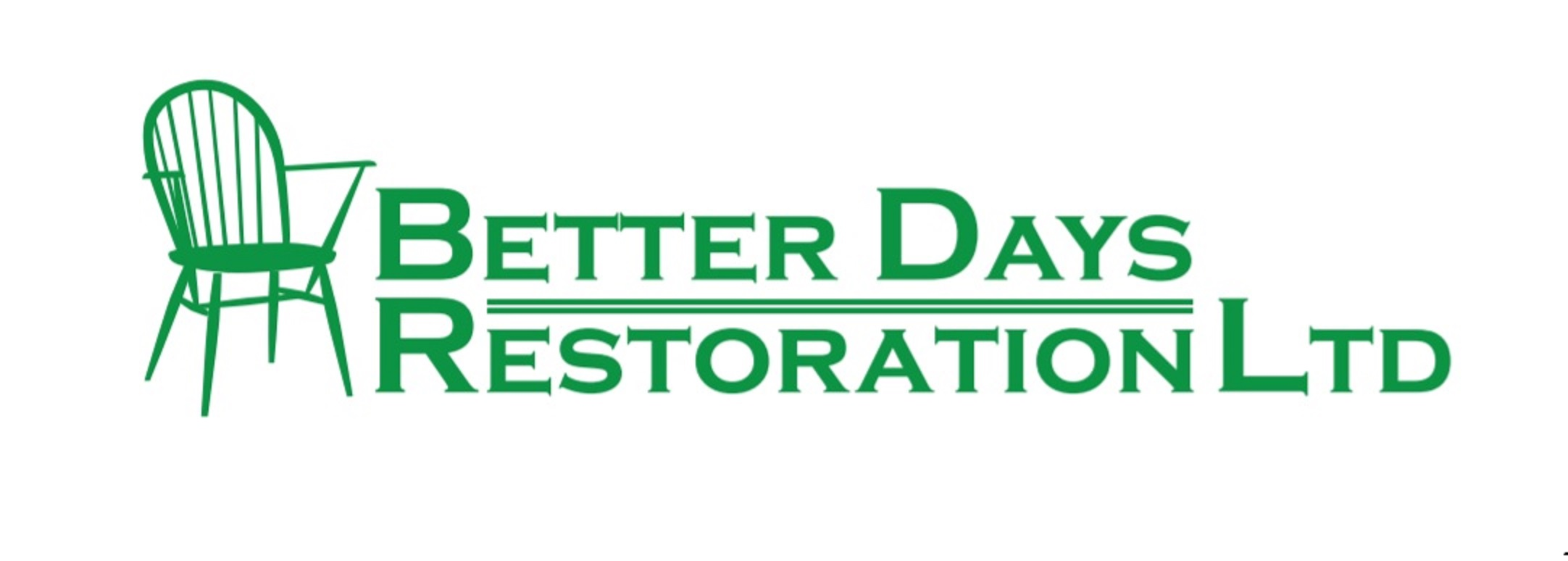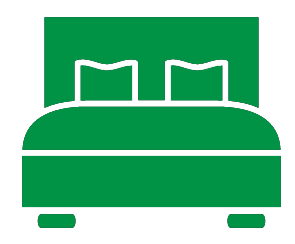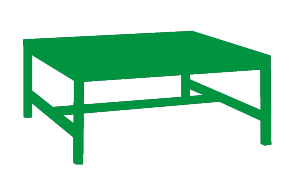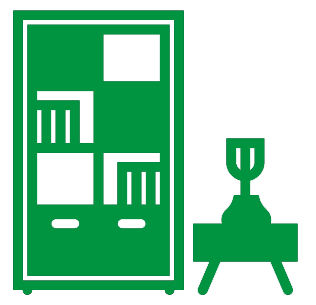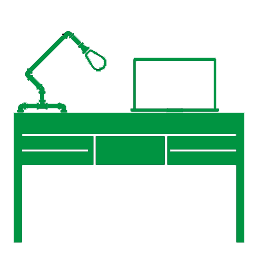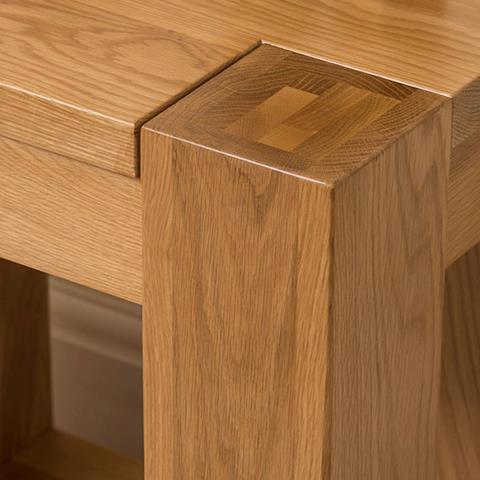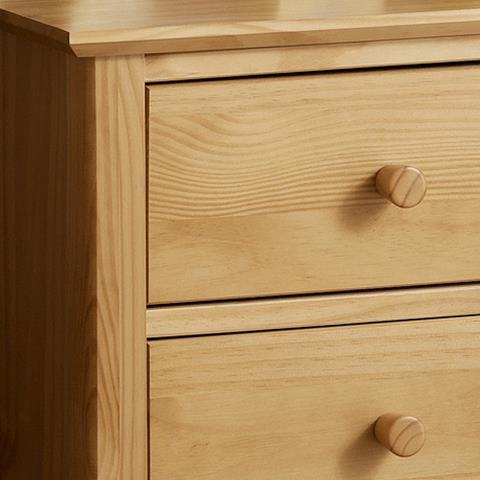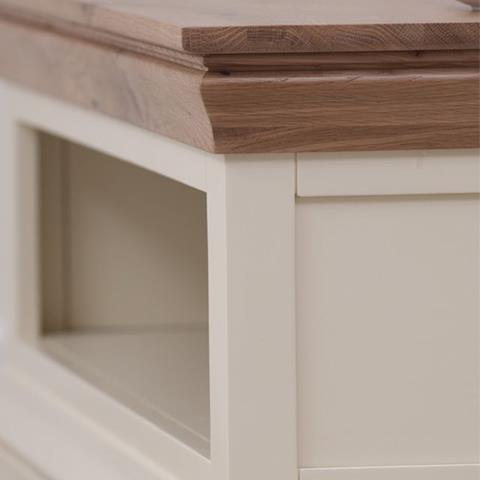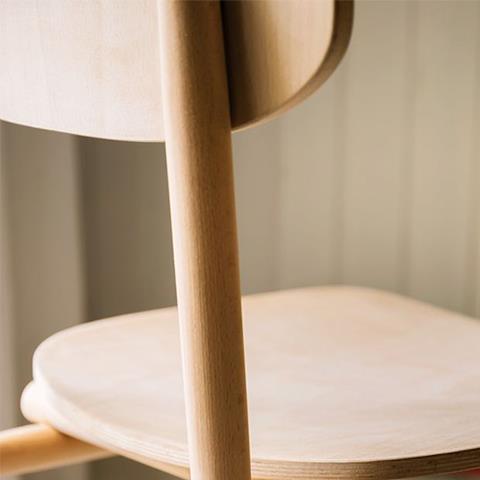
Article Detail
25 Nov
- 0 Comment(s)
- /
TAX RELIEF ON FURNITURE

Not my usual blog posts but if you rent a furnished or part furnished property and you haven't come across this legislation then here is a heads up to the changes made in 2016, and what with April just around the corner and a new TAX year approaching if you rent a furnished property now is the time to look at investing in your furniture and fixtures and fittings.
Replacement of Wear and Tear Allowance on Rental Income
As of April 2016, the Wear and Tear Allowance has been replaced with a new tax relief that considers only those costs actually incurred for the replacement of furnishings, appliances and kitchenware in rented residential properties. Landlords and anyone receiving rental income need to be aware of the new rules to ensure compliance and efficient tax planning.
What has changed?
Previously, landlords of fully furnished residential properties could apply 10% tax relief to their rental income. This was to cover costs for replacement of fixtures, fittings and furniture.
As of April 2016 landlords can only get the relief for actual costs incurred in replacing items such as furniture, furnishings, appliances (including white goods) and kitchenware.
Deductible expenses include both the cost of the replacement item and also the incidental costs of disposal of the old item. Examples of the types of items included are:
- Movable furniture or furnishings, such as beds or suites.
- Televisions.
- Fridges and freezers.
- Carpets and floor coverings.
- Curtains.
- Linen.
- Crockery or cutlery.
- Beds and other furniture.
The new relief will apply to landlords of unfurnished, part furnished and furnished properties.
Non-Qualifying Situations
Integral fixtures, such as baths, fitted kitchen units and boilers are not included. This is because the replacement cost of such items continues to be a deductible expense as a repair to the property itself.
For items that class as improvements landlords can only deduct the cost of a like for like replacement, not the cost of the full improvement. For example, replacing a washing machine with a washer-dryer is an improvement. If that washer dryer costs £700, and the cost of buying a new washing machine like the old one would have been £450 then the replacement furniture relief will be £450 not the full £700 it will cost. The government has promised further detailed guidance on what exactly constitutes an improvement as their consultation revealed numerous complexities.
If a landlord is furnishing the property for the first time, then this will not be deductible.
Why is it Changing?
HMRC have stated that this will provide a more consistent and fairer way of calculating taxable profits, and will also give relief to a wider range of property businesses. There are also thoughts that this will propel landlords to place more investment in the improvement of fittings and furnishings and raise the standard of rented properties.
What is the Impact for Landlords?
The impact is mixed with some landlords, particularly those of part-furnished properties and those who regularly replace items, gaining from being able to gain relief on all replacements. The complexities around improvements and added paperwork from keeping track of all repairs will cause issues for others however.
I hope this has helped with the understanding of the new TAX laws
